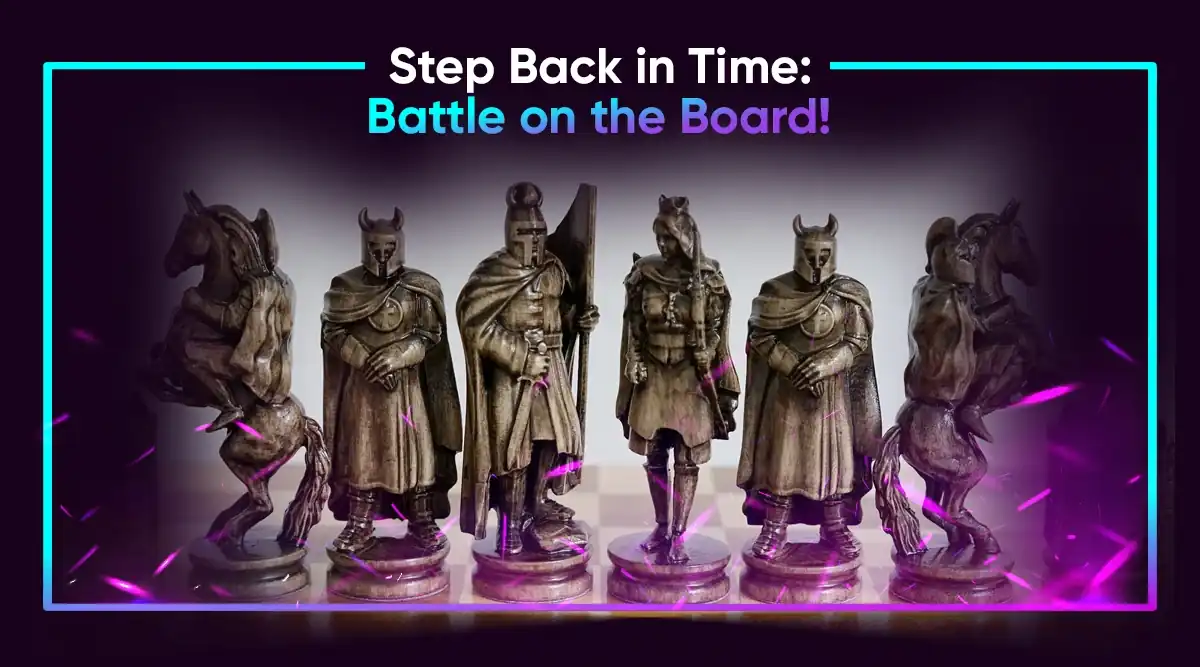
Chess is an old table game that uses some tools, like the popular face-up Pai Gow. Over time, the game has received diverse revamps influenced by the culture of certain periods. People had different ways of carving their chess pieces. Each piece has had some incredible stories behind its creation.
The medieval chess set remains one of the most impressive and revered gaming artifacts to date, akin to the allure of top casino games in the modern era. The mythical stories and legends that surround these artifacts from the Middle Ages heighten their significance. However, unlike the readily accessible top casino games, original medieval chess sets are not common anymore. Today, museums preserve only a handful of these historical sets, which stand as a testament to their enduring legacy. Some chess sets endure, others recreated as collectibles, mirroring the allure of casino games in modern gaming culture.
In this casino news, we will consider the rich history of the medieval chess set and see why it’s an all-so-popular classic.
History of the Medieval Chess Set
The medieval chess set is said to have originated in 6th-century Asia, in India. The game portrays ‘the emperor’s wars’ between two empires, with the Gupta empire being where the game flourished. Persians called the game Shatranj, and it had traits similar to Shah-i-Naw.
Shatranj was an 8×8 board game consisting of a king, rook, bishop, knight, and pawns, reminiscent of the strategic play found in modern casino games. The rules varied slightly, permitting pawns a single move initially, as two moves in the beginning didn’t align with coherence. The game quickly gained credence, and Persia adopted it. Soon after, other Arabic territories, particularly in Afghanistan, followed suit.
In the 9th century, it reached Spain and extended to Europe in the 10th century. The game demanded strategic thinking, and between the 11th and 12th centuries, it was a common novelty among the aristocrats and nobilities. There were 32 pieces at this time, with both sides having equal might.
The medieval chess set featured the king, queen, or vizier – early sets included rooks, bishops, knights, and predominantly pawns, as people knew them. However, they carry the images of horses, lions, elephants, chariots, and infantry. Artisans hand-carved every piece using ivory, wood, or ceramic materials. This chess set is equally enshrined in the history of gambling as some royalties used it to decide their chances of coming out victorious on the battlefield. The rules are simple: capture the opponent’s king and overthrow the kingdom.













